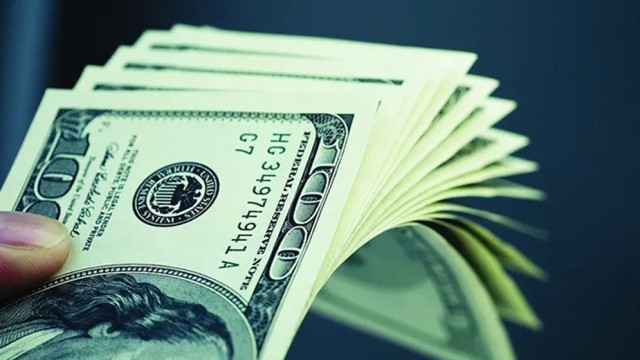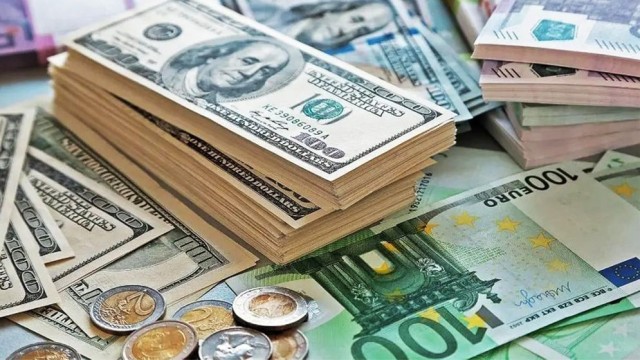The U.S. saving rate dropped to 2.9% in July, the lowest level since June 2022, down from 3.1% in June. This decline has sparked debate among economists. Some argue that the drop might be due to the government's underestimation of income earned by undocumented immigrants, while others believe households are drawing down on savings to sustain spending, which could threaten future consumption. Another perspective is that the decline isn't alarming given the strength of household balance sheets, bolstered by rising house and stock prices.
The issue of undocumented immigrants also ties into a recent revision by the Bureau of Labor Statistics, which revealed that employment gains had been overstated by 68,000 jobs per month over the past year. Economists suggest that undocumented immigrants, whose economic activity is harder to track, might be contributing more to the economy than reported, potentially affecting income and savings data.
Meanwhile, Wall Street reacted positively, with stocks rising, the dollar strengthening, and U.S. Treasury prices falling. The upcoming employment report in August is expected to influence the Federal Reserve's decision on the size of the rate cut in September.
The personal consumption expenditures (PCE) price index increased by 0.2% in July, following a 0.1% rise in June. The prices of goods remained stable, with declines in motor vehicles and long-lasting goods balanced by increases in take-out food and other nondurable goods. The cost of services also rose by 0.2% for the third consecutive month, driven by higher costs in housing, utilities, recreation services, and financial services. However, healthcare prices remained unchanged, and transportation services costs decreased for the fourth month in a row.
Over the 12 months through July, the PCE price index saw a 2.5% increase, consistent with June's gain and aligned with economists' expectations. Core inflation, excluding food and energy, also rose by 0.2% in July, maintaining a 2.6% increase over the year. Core inflation increased at a 1.7% annualized rate over the three months through July. The Federal Reserve, which monitors the PCE price index to meet its 2% inflation target, has kept its policy rate in the 5.25%-5.50% range for over a year. Given the data, some economists, like Pooja Sriram from Barclays, believe inflation is on track to meet the Fed's target and expect three rate cuts from the Fed this year.






























Comment: